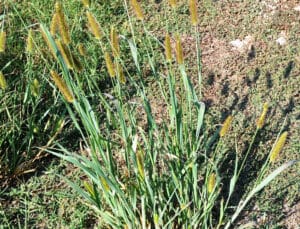Acer saccharum
Description
Beauty, charm and strength – the Sugar Maple is a hardwood that embodies it all. Rising to large heights, the Sugar Maple expands its grace, spreading out its incomparable leaves. It’s no wonder New York and Vermont have both adopted it as their state trees and Canada has adorned its national flag with the Sugar Maple’s incredible leaf.
Plus, you get a show of color like no other. In fact, its autumn foliage stands out above all others in the landscape. That’s when the substantial green leaves morph to rich golds, bright yellows, then a burnt orange so vivid it almost glows. The show of color ends with an unmatched deep red that will keep you looking forward to next fall.
Planting
Tolerant of soggy soils, Sugar Maples grow nicely in any fertile soil but prefer well-draining soil. And once established, it tolerates droughts with little harm although infrequent, deep irrigation will help retain more foliage in extremely dry periods, especially in regions with hot summers.
Select a spot where the tree is in full to partial sun exposure (4 to 8 hours of sunlight per day) and dig a hole for the Maple that’s 2 to 3 times the width of your tree’s root ball and equal depth. Place your tree in the planting hole, keeping the top of the root ball even with the ground. Fill a small amount of the soil into the hole to maintain the tree’s upright position and water thoroughly. Once the water has absorbed into the root ball and surrounding soil, fill the remaining soil into the planting hole. Pack firmly and water a second time. Finally, mulch to retain soil moisture and keep competing growth away from the planting site.
Watering
During its formative years, your Maple will require weekly watering, and as it matures, your tree will still need plenty of water during the summer months. Be sure to water correctly – light green leaves are a sign of over-watering, while drooping leaves signify both over-watering and under-watering.
Fertilizing
During the first growing season, use only slow-release fertilizer tablets on your new maple. Any 10-10-10 fertilizer will be suitable. Fertilize your maple twice a month when it is coming out of dormancy and once a month during the summer. Discontinue before the tree returns to its dormant state.
Pruning
Prune when the leaves have fully matured. At this time, there will be less sap. Remove all dead or dying branches. Do this before you start cutting live branches; it will give you a better idea of what your tree looks like and how many of the live branches you’re going to need to cut. Decide which branches you’re going to cut before you start cutting. Look for large branches growing at narrow angles to the main trunk, branches that are rubbing others or branches that are growing inwards and crossing others.
| Growing Information | |
| Mature Height: | 55-75 ft |
| Mature Width: | 30-50 ft |
| Sunlight: | Full to Partial Sun |
| Bloom Time: | |
| Growth Rate: | Fast |
| Grows Well in Zones: | 3-8 |
| Your Growing Zone: | 6 |





